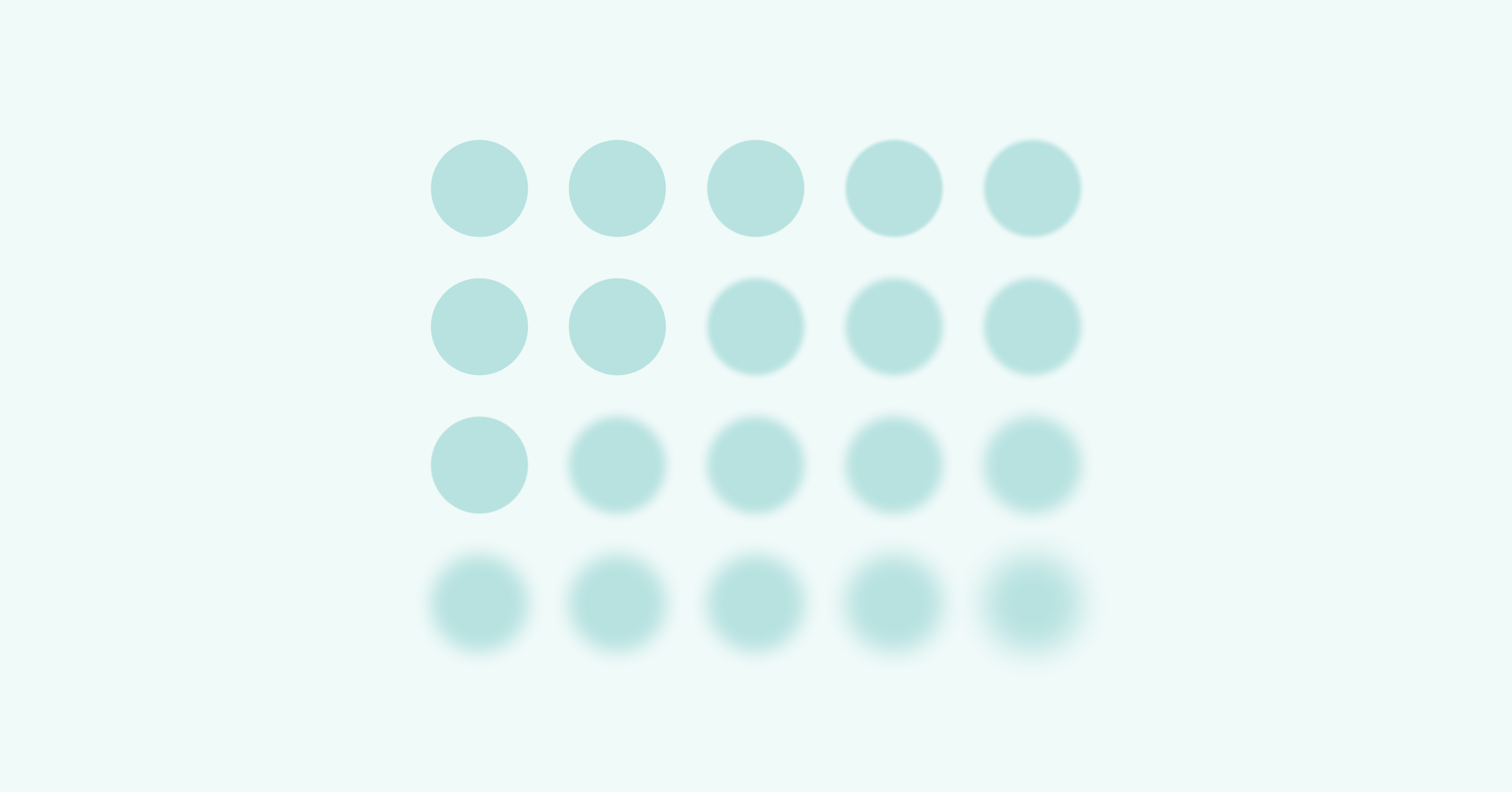Insurance paneling (also called “credentialing” or becoming “in-network”) allows you to accept insurance payments from clients who are covered by certain health plans. This often makes it easier for clients to access care because it reduces the cost of therapy.
When you’re part of an insurance network, you’re listed as a preferred provider in that network’s directory. This makes it easier for potential clients to find you and can help you grow your private practice by providing a steady stream of new referrals.
Insurance paneling is often a lengthy process that can take up to six months if you handle it on your own. But in working with Rula, a behavioral health company that supports therapists in starting or growing their own private practice, therapists can be credentialed and start seeing clients within Rula’s network in as little as two weeks.
Insurance paneling, the process by which a therapist can join an insurance network, allows you to accept insurance payments from clients who are covered by that insurance network. This process reduces out-of-pocket expenses for clients and can help you expand your client base and revenue stream.
Collaborating with insurance companies is one way to expand your client population and grow your private practice. But if you’re like most therapists, you’d probably prefer to spend your time supporting clients instead of dealing with confusing insurance paperwork.
Fortunately, insurance paneling doesn’t have to be complicated. If you partner with an organization like Rula, you can get support through the credentialing process and build a thriving private practice while continuing to deliver excellent care to your clients.
Understanding insurance networks and insurance paneling
The terms “insurance paneling,” “insurance credentialing,” and “becoming in-network” all refer to the general process of qualifying a therapist to accept insurance payments. But before embarking on your insurance credentialing journey, it’s important to understand the ins and outs of how insurance plan networks work.
Simply put, an insurance plan network consists of a group of healthcare providers and facilities that agree to offer certain services at a discounted rate. People who have health insurance usually choose to see providers in their network since the cost is typically lower than out-of-network care. As you explore your options for joining insurance networks, keep in mind that some networks will align with your personal and professional goals better than others.
For example, networks often place limitations around the geographic area they cover, the types of therapeutic modalities you can offer, the types of mental health conditions you can treat, and reimbursement rates for therapy and other mental health supports. So before attempting to join an insurance network, be sure to research the best options for you and ask your colleagues for recommendations.
The care you need, when you need it
Learn how Rula can support your mental health journey
The pros and cons of insurance paneling
As is the case with many aspects of running a private practice, there are some pros and cons to joining insurance panels. It’s important to consider whether going in-network makes sense for you, your clients, and your business goals. But if you work with Rula, you’ll enjoy the following practice-boosting benefits:
Increased referrals: Finding a therapist who accepts their insurance is a challenge for many clients. But in joining the Rula network, you‘ll be listed in our provider directory which will make it easy for new referrals to find you.
Consistent income: It can be hard to stabilize your income when the majority of your business comes from self-pay clients or fluctuating out-of-network reimbursements. But in working Rula, you’ll receive your contracted rate for each client you see within two weeks of treating a client.
Better client retention: When you accept your clients’ insurance, it reduces the financial burden of going to therapy. This can make it easier for clients to fit mental health care into their budget and attend their sessions consistently.
End-to-end administrative support: Rula handles credentialing, insurance eligibility, verification of benefits, and all aspects of billing including claims submission and collecting copays and coinsurance from clients.
Many therapists say that accepting insurance has helped them build successful private practices. But other providers may not wish to join insurance networks because doing so can result in:
Lower session fees due to caps on reimbursement
Limits on the types of mental health concerns they can treat and the treatment modalities they can offer clients
Client privacy concerns since some clients don’t want their mental health information shared with insurance companies
Streamlined insurance credentialing with Rula
At first glance it might seem like joining insurance network is a no-brainer. You’ll grow your private practice and help expand access to affordable mental health care along the way.
But if you work in the mental health field, you likely know firsthand just how frustrating the insurance credentialing process can be. Many therapists report spending months attempting to finalize this process on their own and some say they won’t even attempt it, opting to only take self-paying clients.
At Rula, we’re here to support therapists by taking cumbersome administrative tasks like insurance credentialing off their plates. Therapists who partner with Rula benefit from a streamlined credentialing process that makes it easy to start seeing clients with certain health plans in as little as two weeks. Here’s how it works:
Meet with a Rula Provider Specialist. The first step in becoming credentialed with the Rula network is meeting with one of our dedicated Provider Specialists to ask questions and learn about the benefits of joining our platform.
Submit application information. If it sounds like Rula is a good fit for you and your practice goals, we’ll move forward with credentialing. This starts with gathering some application information including your NPI number, license, malpractice insurance, resume, and three professional references.
Support with CAQH. From there, we’ll help you fill out the Council for Affordable Quality Healthcare (CAQH) application and complete any other necessary steps before submitting your application. If necessary, we’ll follow up on your behalf to ensure each aspect of your credentialing goes smoothly.
Start seeing clients. Once approved, Rula links therapists with all our contracted payors so you can start seeing clients within our network in just two weeks! Of course, you can always opt out of working with a certain payor if there’s a conflict of interest and we’ll continue to support you with all aspects of billing, insurance, and more.
Final thoughts
It’s frustrating but true, the timeline for insurance paneling for independent therapists is up to six long months. But at Rula, we’re here to streamline complicated administrative tasks like insurance credentialing so you can focus on supporting your clients and growing your practice.
To learn more about how our team of Provider Specialists can help you join our network and start seeing clients in as little as two weeks, schedule a meeting with our team.
Rula's editorial process
Rula's editorial team is on a mission to make science-backed mental health insights accessible and practical for every person seeking to better understand or improve mental wellness.
Members of Rula’s clinical leadership team and other expert providers contribute to all published content, offering guidance on themes and insights based on their firsthand experience in the field. Every piece of content is thoroughly reviewed by a clinician before publishing.




